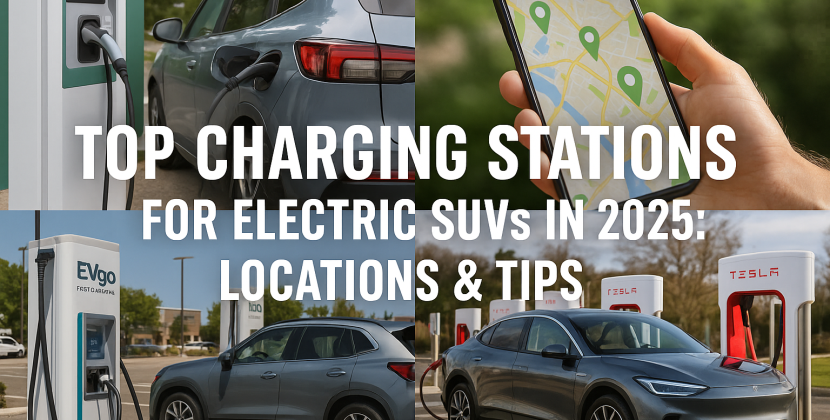
In the ever-evolving landscape of digital marketing, the emergence of Generation Z (Gen Z) has brought about significant shifts in social media marketing strategies. Born between the mid-1990s and early 2010s, Gen Z has grown up in an era dominated by technology and social media. This tech-savvy generation is reshaping the way brands approach their marketing efforts, compelling businesses to adapt to their unique preferences and behaviors. This article delves into the impact of Gen Z on social media marketing, exploring key trends, strategies, and best practices that marketers need to consider.
Understanding Gen Z
Before diving into the specifics of social media marketing, it’s essential to understand what sets Gen Z apart from previous generations. Unlike Millennials, Gen Z has never known a world without the internet. This generation is characterized by its digital fluency, preference for visual content, and a strong sense of social and environmental responsibility. Gen Z values authenticity, diversity, and inclusivity, and they expect brands to reflect these values in their marketing efforts.
The Rise of Visual Content
One of the most notable impacts of Gen Z on social media marketing is the increasing importance of visual content. Platforms like Instagram, TikTok, and Snapchat have become the go-to channels for this generation, thanks to their emphasis on images and videos. For marketers, this means that traditional text-based content is no longer sufficient. To capture the attention of Gen Z, brands need to invest in high-quality visuals, including eye-catching images, engaging videos, and interactive graphics.
TikTok: The Game Changer
TikTok, in particular, has revolutionized the way brands engage with Gen Z. With its short-form video format and algorithm-driven content discovery, TikTok offers a unique opportunity for brands to go viral and reach a massive audience. Successful TikTok marketing campaigns often involve challenges, trends, and user-generated content, allowing brands to tap into the creativity of Gen Z users. For instance, brands like Chipotle and Nike have leveraged TikTok challenges to boost their visibility and engage with younger consumers.
Authenticity and Transparency
Gen Z is highly skeptical of traditional advertising and can easily spot inauthenticity. They value transparency and authenticity in brand messaging. To resonate with this generation, brands must be genuine and transparent in their communications. This involves being honest about products, practices, and values. Brands that engage in social and environmental issues, and demonstrate a commitment to making a positive impact, are more likely to earn the trust and loyalty of Gen Z.
Influencer Marketing
Influencer marketing has become a powerful tool for reaching Gen Z, but it requires a nuanced approach. Gen Z prefers influencers who are relatable and authentic over those with massive followings. Micro-influencers, who have smaller but highly engaged audiences, are often more effective in connecting with Gen Z. Collaborating with influencers who align with the brand’s values and can create genuine, relatable content is key to a successful influencer marketing strategy.
Personalization and Interactivity
Gen Z expects personalized experiences and interactive content. They want to feel like brands understand their individual preferences and needs. Social media platforms offer various tools for personalization, such as targeted ads, personalized content recommendations, and interactive features like polls and quizzes. Brands that can create personalized and interactive experiences are more likely to capture the attention of Gen Z.

User-Generated Content
User-generated content (UGC) is another powerful way to engage Gen Z. This generation loves to create and share content, and they appreciate brands that encourage and showcase their creativity. Brands can leverage UGC by running contests, featuring customer stories, and encouraging users to share their experiences with the brand. UGC not only boosts engagement but also adds an element of authenticity to the brand’s social media presence.
The Importance of Social Responsibility
Gen Z is deeply concerned about social and environmental issues, and they expect brands to take a stand on these matters. Social responsibility is no longer optional; it’s a crucial component of a brand’s identity. Brands that actively support social causes, practice sustainability, and promote diversity and inclusion are more likely to resonate with Gen Z. Social media is a powerful platform for brands to communicate their values and initiatives, and Gen Z is quick to support brands that align with their beliefs.
Case Study: Patagonia
Patagonia is a prime example of a brand that has successfully integrated social responsibility into its marketing strategy. The outdoor apparel company is known for its commitment to environmental sustainability and social activism. Patagonia uses its social media platforms to raise awareness about environmental issues, promote sustainable practices, and encourage its followers to take action. This approach has earned Patagonia a loyal following among Gen Z consumers who share the brand’s values.
Conclusion
The impact of Gen Z on social media marketing strategies is profound and far-reaching. This generation’s preferences for visual content, authenticity, personalization, and social responsibility are reshaping the way brands approach their marketing efforts. To effectively engage with Gen Z, brands must adapt to these trends and prioritize genuine, transparent, and interactive content. By understanding and embracing the unique characteristics of Gen Z, marketers can build meaningful connections with this influential generation and drive long-term success in the digital age.
In summary, Gen Z’s influence on social media marketing is undeniable. As this generation continues to grow in purchasing power and influence, brands that stay attuned to their preferences and values will be well-positioned to thrive in the competitive landscape of digital marketing.








